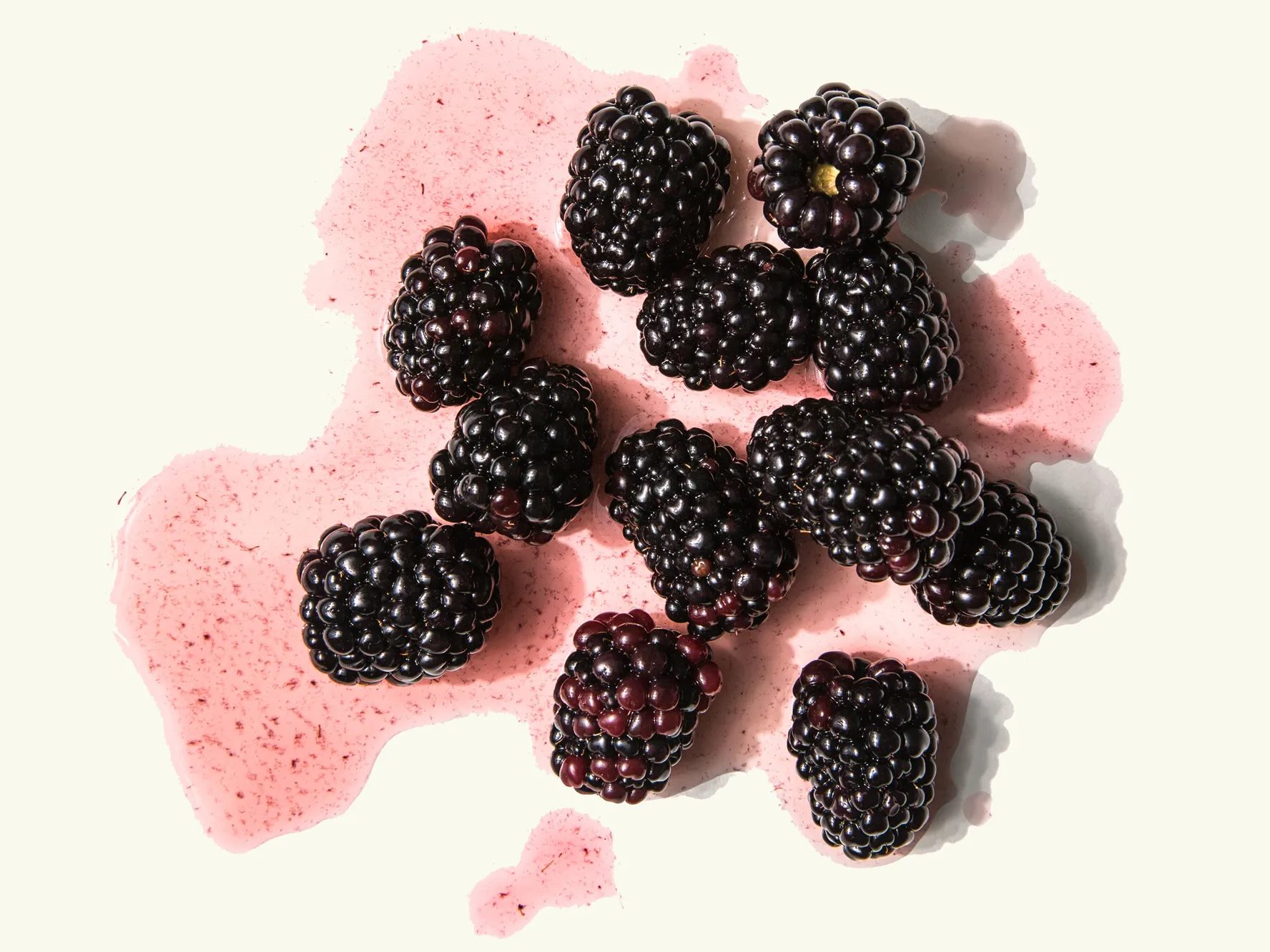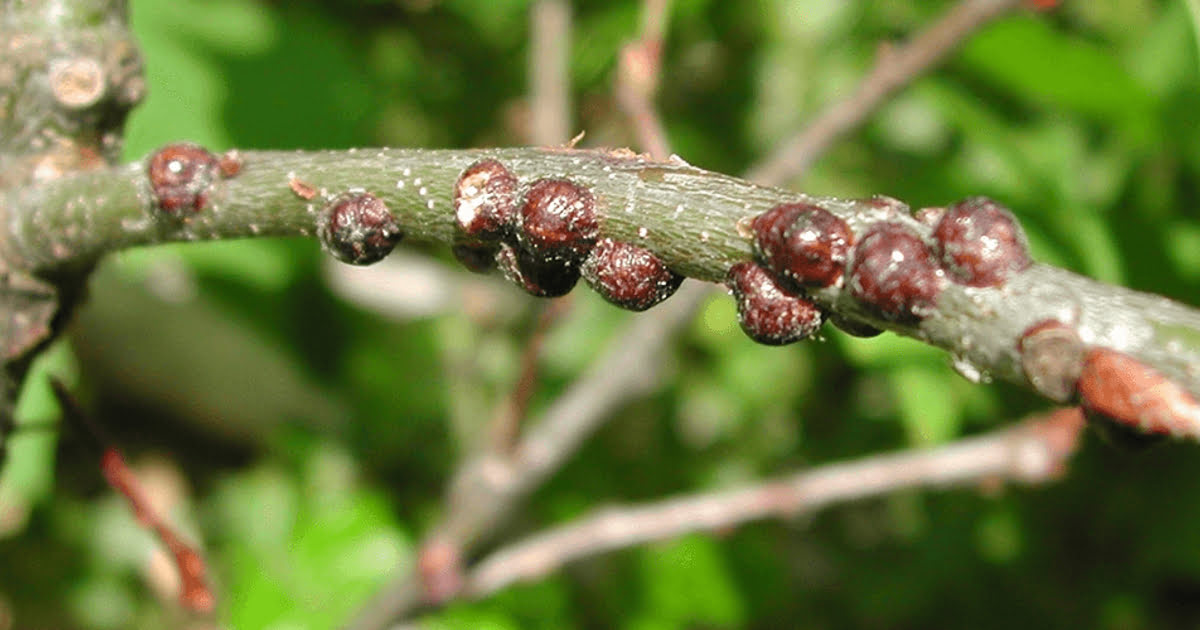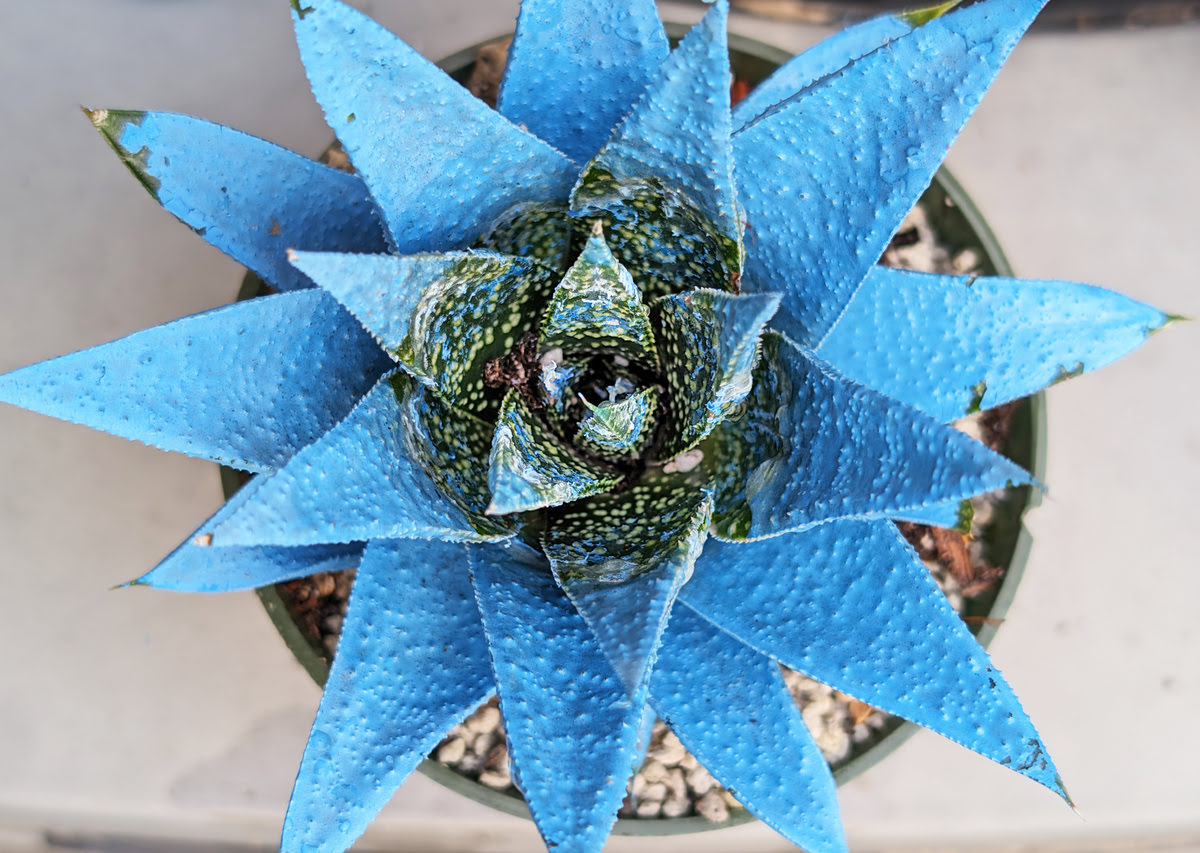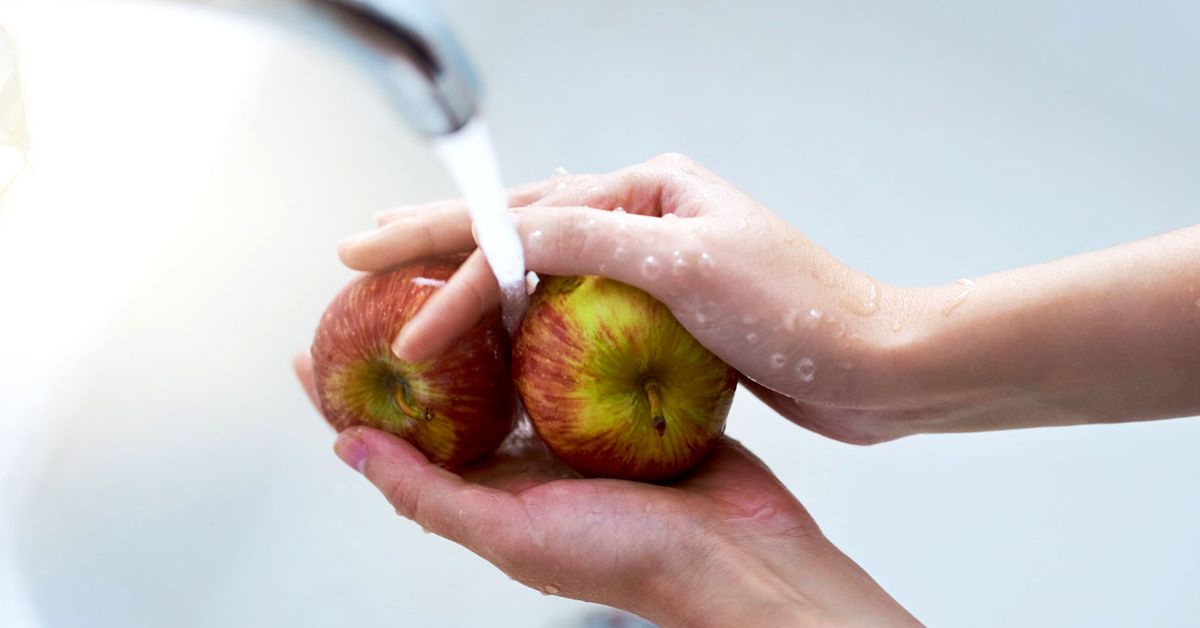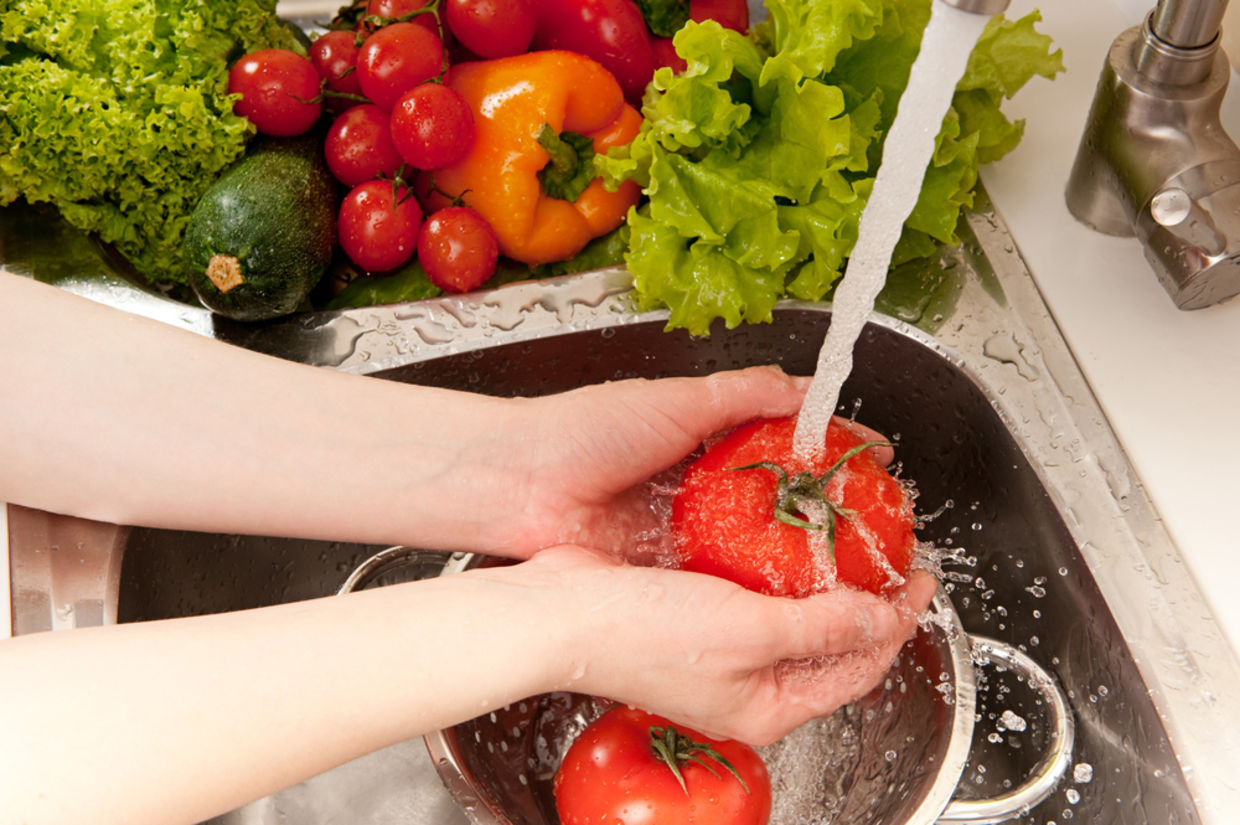Home>Gardening News and Trends>Latest News>How To Remove Pesticides From Lemons
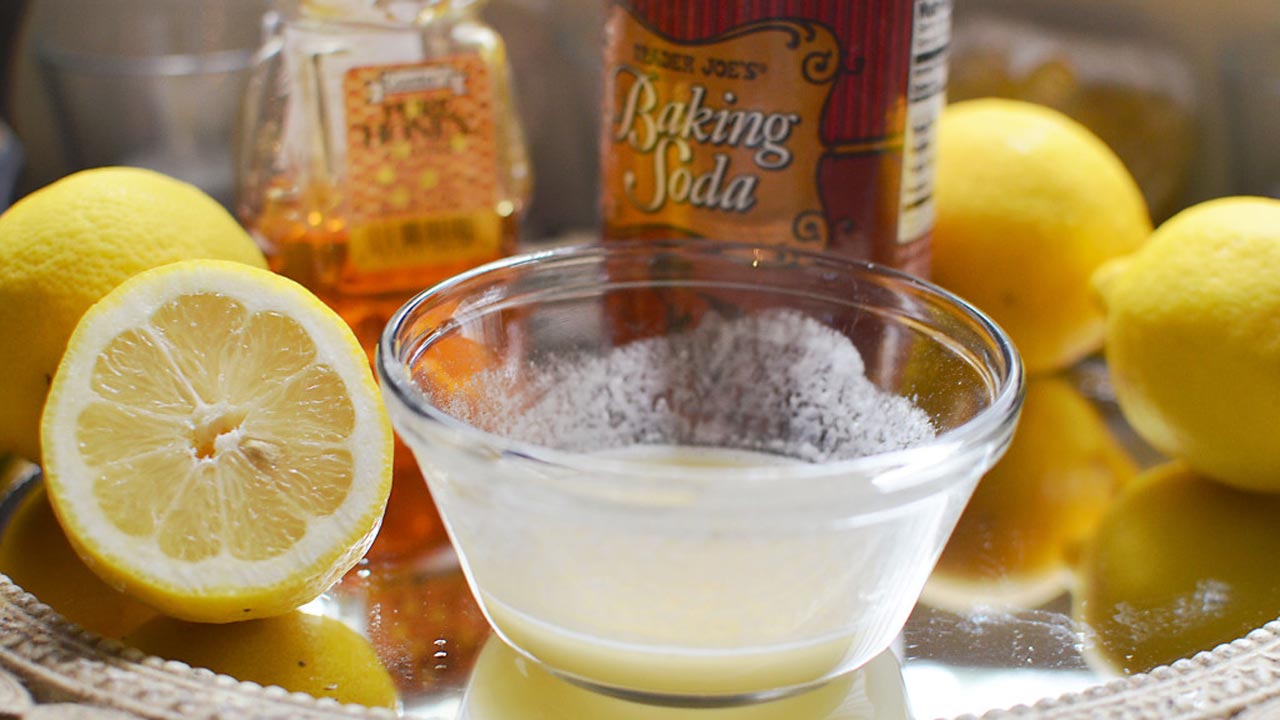

Latest News
How To Remove Pesticides From Lemons
Modified: January 22, 2024
Discover the latest news on how to remove pesticides from lemons with our expert tips and techniques. Safeguard your health and enjoy pesticide-free lemons today!
(Many of the links in this article redirect to a specific reviewed product. Your purchase of these products through affiliate links helps to generate commission for Chicagolandgardening.com, at no extra cost. Learn more)
Table of Contents
Introduction
Welcome to our guide on how to remove pesticides from lemons! Lemons are known for their tangy flavor and numerous health benefits. However, like many other fruits and vegetables, lemons can be treated with pesticides to protect them from pests and diseases during cultivation. While these pesticides are deemed safe for consumption, some individuals prefer to remove them to reduce their exposure to chemicals.
Removing pesticides from lemons is a simple process that can be done at home using readily available ingredients and methods. Whether you’re using lemons for cooking, juicing, or enjoying a refreshing glass of lemonade, it’s essential to ensure that any traces of pesticides are eliminated. Doing so not only helps to enhance the taste and quality of the lemons but also provides peace of mind knowing that you are consuming a healthier product.
In this article, we will explore different methods you can use to remove pesticides from lemons. From basic washing techniques to natural solutions and even commercial washes, we’ll cover a variety of options to fit your preference and availability. By following these methods, you can enjoy the benefits of pesticide-free lemons in your favorite recipes and beverages.
Why Remove Pesticides from Lemons
Lemons are widely used in cooking, baking, and even as a natural remedy due to their high vitamin C content and refreshing taste. However, like many other fruits, lemons may be treated with pesticides during cultivation to protect them from pests, diseases, and fungal infections. While the amounts of pesticides found on commercially grown lemons are generally within acceptable limits, there are several reasons why you may want to remove them:
- Reducing chemical exposure: By removing pesticides from lemons, you can reduce your exposure to potentially harmful chemicals. Pesticides have been linked to various health issues, including skin irritation, respiratory problems, and even certain types of cancers. Removing pesticides ensures that you are consuming a safer and healthier product.
- Enhancing flavor and aroma: Pesticides can leave a residue on the skin of lemons, which may affect their taste and aroma. By removing these residues, you can enjoy the natural, unadulterated flavor and fragrance of the lemons, making them more enjoyable to use in your culinary creations.
- Promoting organic and sustainable practices: If you prefer to consume organic produce or support sustainable farming practices, removing pesticides from lemons is an important step. By doing so, you can ensure that the lemons you use align with your values and contribute to a more sustainable and eco-friendly food system.
- Safe for sensitive individuals: Some individuals may have sensitivities or allergies to certain pesticides. By removing pesticides from lemons, you can avoid any potential adverse reactions and ensure that the fruit is safe for consumption, even for those with sensitivities.
While the health risks associated with pesticide residues on lemons are generally low, taking the extra step to remove them provides an added layer of protection and peace of mind. The following methods will help you effectively remove pesticides from lemons, allowing you to enjoy the benefits of this versatile fruit without any concerns about chemical contamination.
Methods for Removing Pesticides from Lemons
There are several effective methods that you can use to remove pesticides from lemons. These methods are simple, affordable, and can be done at home with ingredients you likely already have in your kitchen. Let’s explore some of the most popular and effective methods:
- Washing with Water: This is the simplest and most basic method to remove pesticides from lemons. Start by rinsing the lemons under cold running water, rubbing the surface gently with your hands. This will help remove any surface dirt and debris. Fill a clean bowl or basin with water and add a tablespoon of lemon juice or vinegar. Soak the lemons in the solution for about 15-20 minutes. After soaking, rinse the lemons under running water once again to remove any remaining residues.
- Soaking in Vinegar Solution: Vinegar is an excellent natural cleaner that can help remove pesticides from lemons. Fill a bowl or basin with a mixture of 1 part white vinegar and 3 parts water. Place the lemons in the solution and let them soak for 15-20 minutes. The acidic nature of vinegar helps break down pesticide residues. After soaking, rinse the lemons thoroughly to remove any vinegar taste.
- Using Baking Soda Solution: Baking soda is another effective natural cleaner that can help remove pesticides from lemons. Create a solution by adding 1-2 tablespoons of baking soda to a bowl of water. Stir until the baking soda dissolves. Immerse the lemons in the solution and let them soak for 15-20 minutes. Baking soda works by neutralizing pesticide residues. Rinse the lemons well after soaking.
- Employing Commercial Fruit and Vegetable Wash: If you prefer a ready-to-use solution, you can purchase a commercial fruit and vegetable wash from your local grocery store. Follow the instructions on the packaging to wash your lemons effectively. These washes are specifically formulated to remove pesticides and other contaminants from produce.
- Peeling the Lemons: If you want to go a step further, you can also remove the outer peel of the lemons to eliminate any pesticide residues. However, keep in mind that much of the nutritional value and flavor of lemons resides in their zest, so peeling may result in some loss of these benefits. Only peel the lemons if you are using the juice or zest in dishes where the outer peel is not necessary.
Remember to wash your hands before and after handling lemons to maintain proper hygiene. Additionally, make sure to use clean, preferably organic lemons whenever possible to reduce pesticide exposure.
Washing with Water
Washing lemons with water is a simple and effective method for removing pesticides. It’s the most basic approach and can be done easily at home.
To start, rinse the lemons under cold running water. Rub the surface gently with your hands to remove any surface dirt or debris. This initial rinse helps to eliminate any loose contaminants.
Next, fill a clean bowl or basin with water and add a tablespoon of lemon juice or vinegar. The acid in lemon juice or vinegar can help break down pesticide residues. Alternatively, you can add a few drops of mild dish soap to the water, as it can also aid in removing pesticides.
Immerse the lemons in the water solution and allow them to soak for about 15-20 minutes. During this time, the water and acid will help to break down and loosen any pesticide residues on the surface of the lemons.
After soaking, remove the lemons from the water solution and rinse them thoroughly under running water. This will help wash away any remaining residues along with the acidic solution. Ensure that you rinse the lemons well from all sides.
Once the lemons are thoroughly rinsed, they are ready to be used in your preferred recipes or for juicing. This washing method is effective in removing a significant portion of the pesticide residues, providing you with a cleaner and safer lemon product.
It’s important to note that while washing with water is effective in removing pesticide residues on the surface of lemons, it may not eliminate all pesticide residues that have penetrated the skin or are present in the flesh. Nevertheless, it is still a useful and accessible method for reducing pesticide exposure.
Soaking in Vinegar Solution
Soaking lemons in a vinegar solution is another effective method for removing pesticides. Vinegar, specifically white vinegar, is a natural cleaning agent that can break down pesticide residues on the surface of lemons.
To begin, prepare a solution by mixing 1 part white vinegar with 3 parts water in a clean bowl or basin. The acidity of vinegar helps to break down the pesticide residues.
Place the lemons in the vinegar solution, ensuring they are fully submerged. Let them soak for approximately 15-20 minutes. During this time, the acidity of the vinegar will work to dissolve and loosen the pesticide residues.
After soaking, remove the lemons from the vinegar solution and rinse them thoroughly under running water. This step is essential to wash away any remaining vinegar taste and any loosened pesticide residues.
Ensure that you rinse the lemons well from all sides, ensuring that the water reaches all parts of the fruit. This thorough rinsing will help to remove any remnants of both the vinegar solution and the pesticide residues.
Once the lemons are rinsed, they are ready to be used in your desired recipes or for juicing. Soaking lemons in a vinegar solution can effectively reduce pesticide residues and provide you with a cleaner and safer lemon product.
It’s important to note that soaking in a vinegar solution may alter the taste of the lemons slightly. However, with a thorough rinse, any residual vinegar taste should be minimal and not interfere with the flavor of your dishes or beverages.
This method is especially useful for individuals who prefer natural, chemical-free cleaning methods or those who want to remove pesticides without the use of commercial products.
Using Baking Soda Solution
Using a baking soda solution is an effective and natural method for removing pesticides from lemons. Baking soda, also known as sodium bicarbonate, has properties that can help neutralize and eliminate pesticide residues.
To begin, create a solution by adding 1-2 tablespoons of baking soda to a bowl of water. Stir the mixture until the baking soda is fully dissolved.
Immerse the lemons in the baking soda solution and allow them to soak for about 15-20 minutes. During this time, the baking soda works to neutralize and break down the pesticide residues on the surface of the lemons.
After soaking, remove the lemons from the baking soda solution and rinse them thoroughly under running water. This step is crucial to wash away any residual baking soda along with the loosened pesticide residues.
Ensure that you rinse the lemons well from all sides, making sure that the water reaches all parts of the fruit. This thorough rinsing will help to remove any remaining baking soda residue and pesticide remnants.
Once the lemons are rinsed, they are ready to be used in your desired recipes or for juicing. Using a baking soda solution can effectively reduce pesticide residues and provide you with a cleaner and safer lemon product.
It’s important to note that while using a baking soda solution is effective in removing pesticide residues on the surface of lemons, it may not eliminate all pesticide residues that have penetrated the skin or are present in the flesh. However, it is still a useful method for reducing pesticide exposure and providing a cleaner lemon product.
This method is ideal for individuals who prefer natural cleaning methods or who want to avoid the use of commercial products to remove pesticides from their lemons.
Employing Commercial Fruit and Vegetable Wash
If you prefer a ready-to-use solution, commercial fruit and vegetable washes can be an effective option for removing pesticides from lemons. These washes are specifically formulated to remove various contaminants, including pesticides, from produce.
To use a commercial fruit and vegetable wash, follow the instructions provided on the product packaging. Generally, the process involves diluting the wash solution with water in a ratio specified by the manufacturer.
After diluting the wash, place the lemons in a clean bowl or basin and pour the solution over them. Alternatively, you can submerge the lemons in the diluted wash solution.
Gently agitate the lemons in the solution, ensuring that the entire surface of each lemon is exposed to the wash. This help in dislodging and removing any pesticide residues present on the lemons.
After the recommended soaking time specified by the product, remove the lemons from the wash solution.
Rinse the lemons thoroughly under running water to wash away any remnants of the commercial wash solution as well as any loosened pesticide residues.
Ensure that you rinse the lemons well from all sides, making sure that the water reaches all parts of the fruit. This thorough rinsing will help to remove any residual wash solution and any remaining pesticide residues.
Once the lemons are rinsed, they are ready to be used in your preferred recipes or for juicing. Commercial fruit and vegetable washes are designed to effectively remove pesticides, providing you with a cleaner and safer lemon product.
It’s important to note that different commercial washes may have varying instructions and ingredients. Therefore, it’s essential to read and follow the instructions provided by the specific product you choose.
This method is convenient for individuals who prefer a ready-to-use solution or who want to ensure thorough and effective removal of pesticide residues from their lemons.
Peeling the Lemons
If you want to go a step further in removing pesticide residues from lemons, you can consider peeling the outer skin. This method eliminates any potential pesticide contamination on the peel, although it also removes some of the lemon’s nutritional value and flavor.
To peel the lemons, start by washing them thoroughly under cold running water to remove any visible dirt or debris. Pat them dry with a clean towel.
Using a sharp knife or vegetable peeler, carefully remove the outer layer of the lemon’s skin. Take care to remove only the colored zest and avoid cutting into the white pith, as it can be bitter in taste.
Once the peel is removed, discard it or repurpose it for other culinary uses, such as zest for baking or flavoring dishes.
While peeling the lemons effectively removes any pesticide residues on the skin, keep in mind that this method also eliminates some of the beneficial compounds and flavors found in the zest. The essential oils and aromatic compounds in the peel contribute to the lemon’s distinct flavor and fragrance.
If you decide to peel the lemons, it’s important to handle the fruit with clean hands and use a clean cutting surface to avoid introducing any contaminants. Additionally, ensure that you peel only when necessary, as it is best to consume the whole fruit, including the peel, to maximize the nutritional benefits.
By peeling the lemons, you can eliminate any potential pesticide residues on the outer skin. However, it is essential to note that pesticides may still be present within the flesh or absorbed deeper into the fruit.
It’s always advisable to use organic lemons whenever possible. Organically grown lemons are cultivated without synthetic pesticides, reducing the need for extensive cleaning methods.
Remember to properly store the peeled lemons in an airtight container or plastic wrap in the refrigerator. This helps maintain their freshness and prevents them from drying out.
Peeling the lemons is an optional method for those who want to eliminate any potential pesticide residues on the outer peel. However, it’s important to weigh the potential loss of flavor and nutritional benefits when considering this method.
Conclusion
Removing pesticides from lemons is a simple process that can be done efficiently at home using various methods. Whether you choose to wash with water, soak in a vinegar or baking soda solution, employ a commercial fruit and vegetable wash, or even peel the lemons, these methods can help reduce pesticide residues and provide you with a cleaner and safer lemon product.
By removing pesticides from lemons, you not only reduce your exposure to potentially harmful chemicals but also enhance the flavor and aroma of the fruit. You can enjoy the natural, unadulterated taste of lemons in your cooking, baking, and beverages.
When washing lemons, remember to rinse them thoroughly under running water to ensure the removal of any residue. Additionally, always choose clean and preferably organic lemons whenever possible to minimize pesticide exposure from the start.
It’s important to note that while these methods can effectively remove surface residues, they may not eliminate all pesticides that have penetrated the skin or are absorbed within the flesh. Therefore, if you are particularly sensitive to pesticides or prefer to avoid them completely, you may consider purchasing organic lemons or contacting local farmers to source pesticide-free produce.
Ultimately, the choice of method will depend on personal preference and availability of ingredients. Experiment with different methods and find the one that suits your needs and concerns best.
By taking the extra step to remove pesticides from lemons, you can enjoy the many nutritional benefits of this versatile fruit while limiting your exposure to potentially harmful chemicals. So go ahead, incorporate pesticide-free lemons into your everyday recipes, and savor their zesty goodness with peace of mind.
